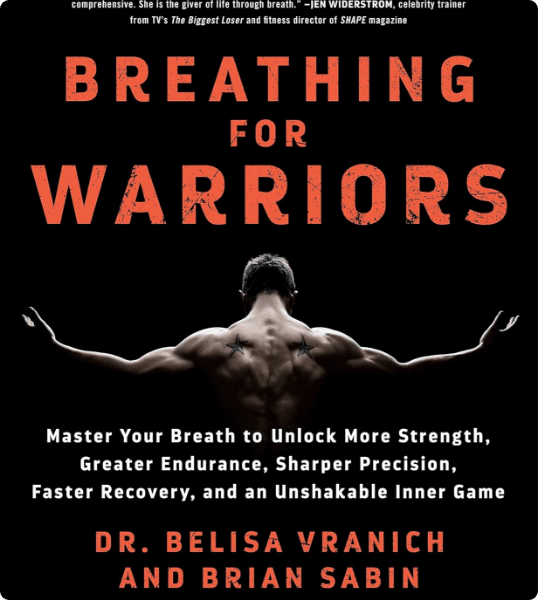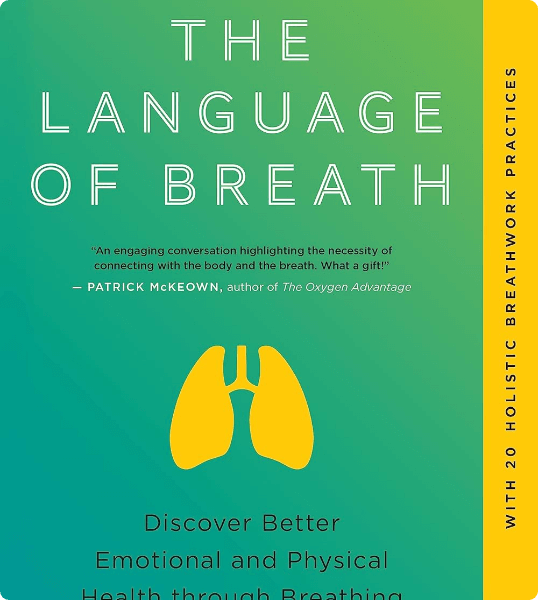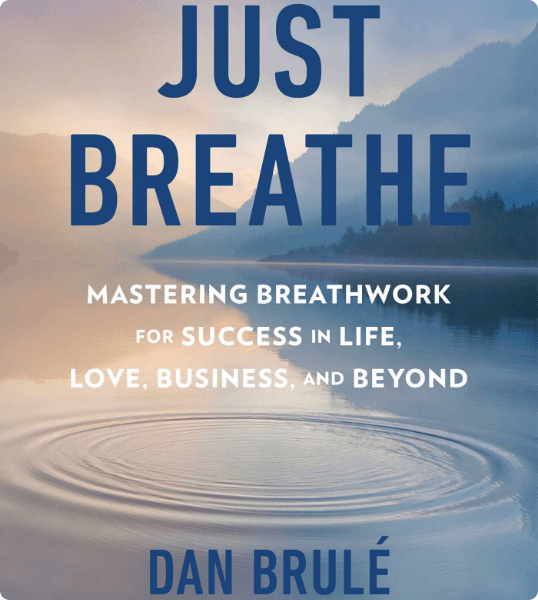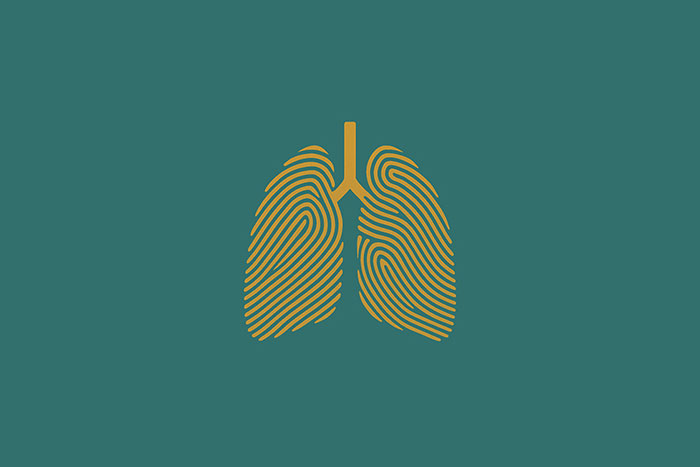Breath 101:
Fundamentals of Breathwork
Whether you’re a complete novice or seeking to deepen your practice and understanding, breathwork offers a rich tapestry of science, techniques, and the potential for physical, mental, and emotional transformation.
With roots in various ancient cultures, breathwork is experiencing a modern resurgence and proliferation thanks to an influx of attention and acclaim from the scientific community and popular culture. It is high impact, low effort, and has a profound and immediate influence on overall health. Literally, everyone can do it, making breathwork one of the fastest-growing modalities in the health and wellness industry!
A Brief History of Breathwork
Over centuries, these techniques have evolved and spread globally, finding their place in modern wellness and therapeutic settings.
Today, backed by scientific research, breathwork is experiencing a resurgence. There are a variety of methods and modalities, each drawing upon the ancestral roots and adding their own
Key Terms in Breathwork
Breath Awareness:
The practice of consciously noticing and focusing on the breath.
Conscious Breathing:
Intentionally altering your breath pattern to achieve a specific goal.
Connected Breathing:
A technique that involves breathing in and out without pauses, promoting a continuous flow of energy.
Apnea:
A pause in breathing, which can be used intentionally in breathwork practices.
Hypercapnia:
An increase in carbon dioxide levels in the blood, which can occur with certain breathing techniques.
Hypocapnia:
A decrease in carbon dioxide levels, often resulting from rapid or deep breathing.
Overbreathing:
Breathing more air than the body needs, leading to hyperventilation and a disturbance in gas balance.
Underbreathing:
Insufficient breathing, leading to increased carbon dioxide levels.
Rebirthing:
A breathwork practice focusing on releasing emotional trauma through connected breathing.
Holotropic Breathwork:
A method of using breath to access altered states of consciousness for healing and self-discovery.
Kundalini:
A form of yoga that uses breath to awaken and raise the Kundalini energy within the body.
Pranayama:
Yogic breath control practices designed to enhance and manipulate life force energy.
Transformational Breathwork:
A holistic approach that uses breath to address physical, mental, and spiritual challenges.
Wim Hof Breathwork:
A technique that combines controlled breathing, cold exposure, and meditation for various health benefits.
Understanding the Science of Breathing
The physiology of breathing involves the process by which we inhale oxygen and exhale carbon dioxide through the respiratory system. Oxygen enters the bloodstream through the lungs and is transported to cells, where it is used for metabolic processes that generate energy. Conversely, carbon dioxide, a byproduct product of metabolism, is expelled from the body during exhalation. Breathwork can influence the rate and depth of breathing, thereby affecting the exchange of these gases and significantly impacting our physical health.
Breathing is the most basic and fundamental movement of our bodies. The dance between the inhale and exhale never ends. Effective breathwork practices can strengthen the respiratory muscles, improve posture, and increase lung capacity. Understanding the biomechanics behind breathing allows for optimizing breath patterns, which can enhance athletic performance, increase endurance, and improve overall respiratory health.
The biochemistry of breathing focuses on the exchange of gases (oxygen and carbon dioxide) and how this affects the body’s pH level or the balance between acidity and alkalinity. Proper breathing ensures a balanced pH by maintaining optimal oxygen and carbon dioxide levels. Breathwork practices that alter breathing patterns can change the body’s pH, influencing various biochemical processes. For instance, controlled breathing can enhance the efficiency of oxygen utilization in the body, improving energy production and reducing fatigue.
Breathing has a profound impact on the nervous system, particularly the autonomic nervous system, which regulates involuntary bodily functions, including heart rate and digestion. Breathwork can shift the balance towards one end or the other, depending on our goals. By consciously altering our breathing patterns, we can invoke a state of calm, reduce anxiety, build energy, increase focus, and even influence physiological responses such as lowering blood pressure.
The Benefits of Breathwork
Physical Health:
Enhances respiratory efficiency, boosts energy, improves sleep, and strengthens the immune system.
Mental Clarity:
Reduces stress, anxiety, and symptoms of depression while improving focus and cognitive function.
Emotional Balance:
Fosters emotional resilience, reduces reactivity, and enhances overall mood and well-being.
Spiritual Connection:
Deepens self-awareness and fosters a sense of interconnectedness and spiritual growth.
Safety and Precautions
Consult Healthcare Providers:
Especially for those with neurological, respiratory or cardiovascular conditions, and pregnant women.
Listen to Your Body:
No one knows you better than you. While there is an opportunity to lean into discomfort, you must know your limits. We believe in a minimum effective dose - a little bit at a time over a long period of time.
Practice Under Guidance:
Seek instruction from certified professionals, particularly when exploring more intensive techniques.
Environment Matters:
Be smart with where you practice. Set yourself up with a quiet and comfortable place. Never practice in or before getting into the water, or while operating a vehicle.
Approaches to Breathwork
Exploring Techniques:
Breathwork is not one-size-fits-all. Experiment with different methods to find what resonates with your needs and goals.
Daily Integration:
There is no bad time to focus on your breath. Incorporate breathwork into your daily routine for cumulative benefits.
Community Engagement:
Join workshops, classes, or online forums to share experiences and learn from others.
Getting Started with Breathwork
Begin with Basics:
Start with simple techniques, learn about the mechanics of breathing, and build up from there.
Set Intentions:
Clarify what you wish to achieve with your practice to guide your journey.
Track Your Progress:
Keep a journal to reflect on your experiences, noting any changes in your physical, mental, and emotional states. This will also help you uncover what is working and what is not.
Resources






Connect with certified breathwork instructors for personalized instruction and support. You can find our list of experienced OBC Breath Guides here or schedule a 1-on-1 Private Coaching Session with Luke or Reis.
Get out there and explore workshops, classes, and groups to join a community of fellow breathwork practitioners like Our Breath Collective. We believe the more you get out there and experience that variety of styles and practitioners, the more you will find what works for you.

